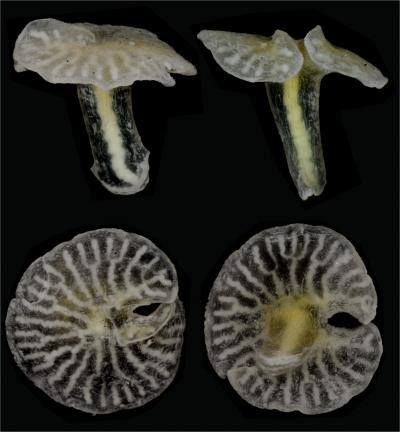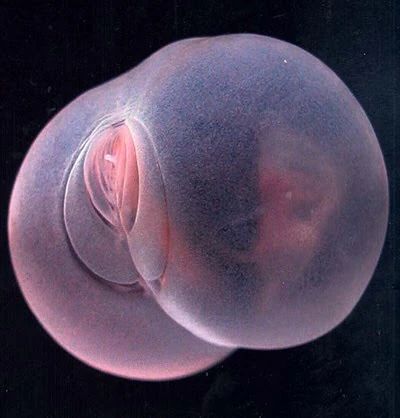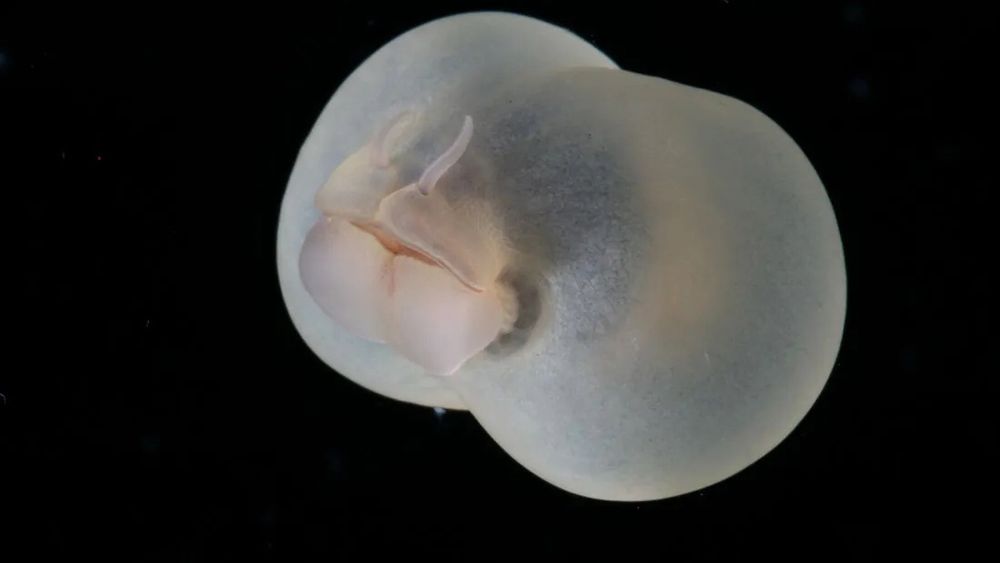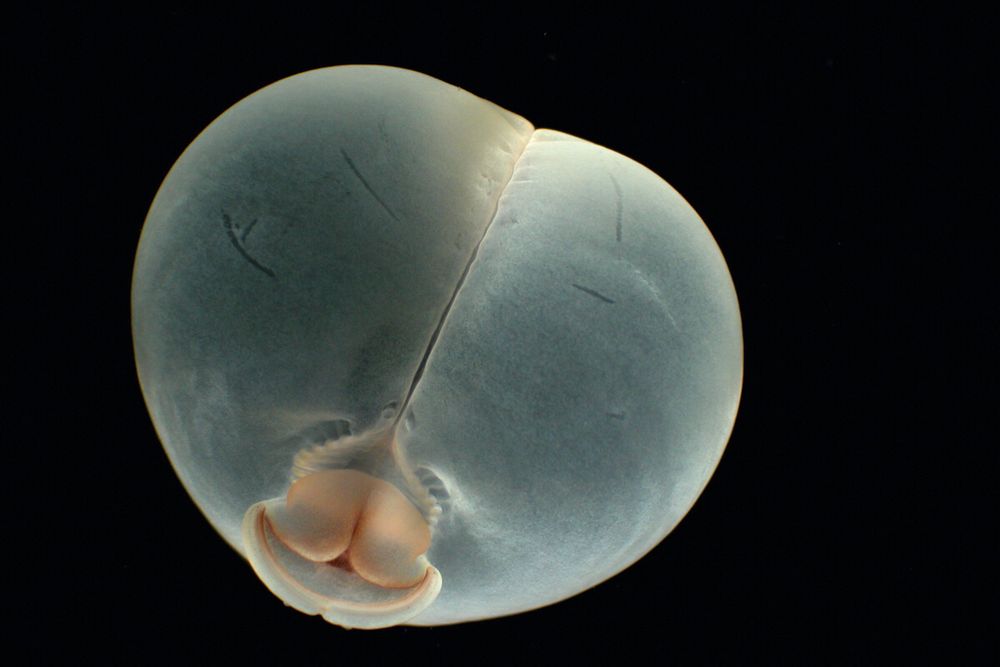
These findings significantly expand the temporal and geographical range of dinomischids, elucidating their morphological and taphonomic variation.
buff.ly/ERV7P3C
#PaleoSky #Fossils

These findings significantly expand the temporal and geographical range of dinomischids, elucidating their morphological and taphonomic variation.
buff.ly/ERV7P3C
#PaleoSky #Fossils



doi.org/10.2110/palo...

doi.org/10.2110/palo...


doi.org/10.1111/ede....

doi.org/10.1111/ede....

#SIPHONOPHORE!

#SIPHONOPHORE!
Let’s start with a 🚨paper alert 🚨: a great project on the Ediacaran tubicolous taxon Corumbella, masterfully led by @beckerkerber.bsky.social (🙏 thanks Bruno!).
Takeaway: this tube was single-layered and round. doi.org/10.1098/rsos...

Let’s start with a 🚨paper alert 🚨: a great project on the Ediacaran tubicolous taxon Corumbella, masterfully led by @beckerkerber.bsky.social (🙏 thanks Bruno!).
Takeaway: this tube was single-layered and round. doi.org/10.1098/rsos...




#photography #macro #nature #invertebrates #harvestmen



@zoojlinnsoc.bsky.social !
This new species from #Colombia can spray venom at potential predators, a striking case of convergent #evolution 🧵 (1/n)
academic.oup.com/zoolinnean/a...

@zoojlinnsoc.bsky.social !
This new species from #Colombia can spray venom at potential predators, a striking case of convergent #evolution 🧵 (1/n)
academic.oup.com/zoolinnean/a...
seas.harvard.edu/news/2024/12...

seas.harvard.edu/news/2024/12...
peerj.com/articles/185...
⚒️🧪🦀🦑 #evosky

peerj.com/articles/185...
⚒️🧪🦀🦑 #evosky
www.nature.com/articles/s41...

www.nature.com/articles/s41...



